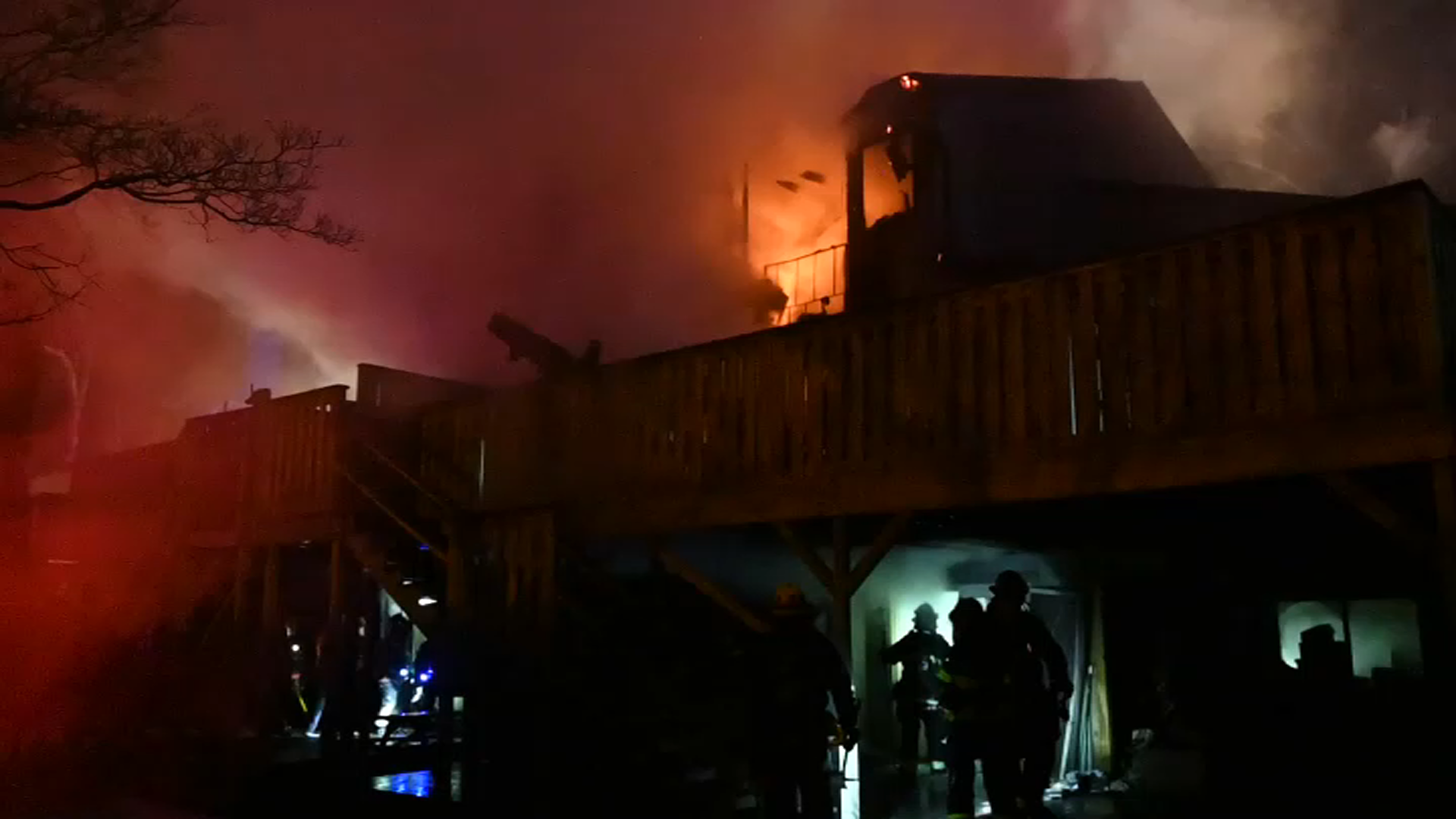An unassuming wooden single-family home in Upper Manhattan may not look like much more than an older house, but it may hold links to the Underground Railroad in New York City — and could be in jeopardy of being demolished.
There is a fight to preserve the house at 857 Riverside Drive, which is believed to be one of the last owned by abolitionist Dennis Harris. The home was built in 1851 by Harris, a documented conductor for the Underground Railroad who helped get slaves to freedom when he was living in Lower Manhattan, before he moved uptown.
But advocates say his residence likely wouldn't have mattered.
"Just because he had a change of address doesn't mean he had a change of heart," said Joseph Amodio, who lives in Washington Heights. He believes the area's proximity to the Hudson River, along with Harris' dock and steamship, would have been key to helping slaves escape to freedom.
"He could have gotten them uptown on his steamboat, housed them here for a however many days until they could make plans to get them up north," Amodio said. These beliefs are why neighbors, elected officials and other advocates are fighting to secure landmark protection for the Riverside Avenue home.
"Black history matters, Black landmarks matter," said Manhattan Borough President Gale Brewer, who wants to preserve the home because of how few links to the anti-slavery movement are here.
"Only three in Manhattan, none in Upper Manhattan," Brewer said. "Upper Manhattan deserves to have its own markers."
News
Some disagree. In November, the Landmarks Preservation Commission denied the community's request for the house, due to its "extensive alterations." They also said that Dennis did not live in the home, and call the claim that the house was used as part of the Underground Railroad speculative.
"When you have people from some marginalized group, one of the most difficult things there is is to go find your place in history. Because you've literally been written out of the history books," New York historian Michael Henry Adams said.
The community fears the home and all its history could be demolished. In its place, a 13-story building towering over existing buildings on the block. The NYC Department of Buildings said the application to demolish the building in not complete, and plans for a proposed new building have also not been approved.
However, community leaders say time is slipping away to preserve history.



